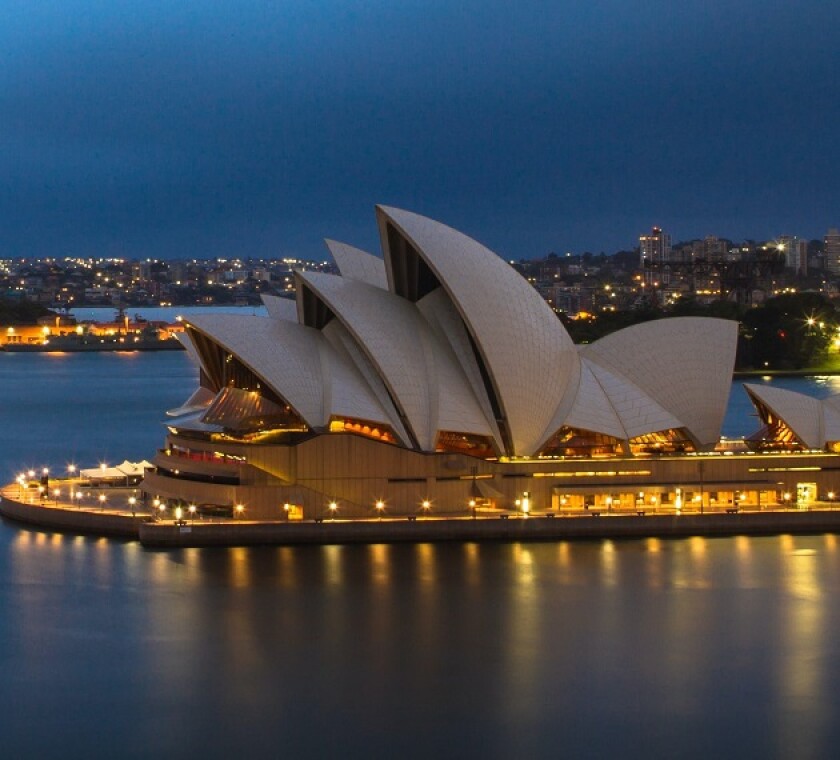Pillar two may not be enough to persuade all governments to abandon unilateral policies to raise more tax revenue.
Australia is one of the latest jurisdictions to confirm its timeline for introducing the global minimum tax rate – despite its predicted low revenue gains for the country. At the same time, Australia is set to draft legislation for mandatory public country-by-country reporting (CbCR), which will come into force by July 1.
The Australian government estimates that the global minimum corporate rate will increase tax revenue by just A$160 million ($108 million) in 2025-26 and A$210 million in 2026-27. These relatively paltry sums hardly seem worth it, but the government is still pushing ahead.
The OECD has projected that the global minimum corporate tax rate will raise about $220 billion annually worldwide, which is up from $150 billion estimated in 2020. This revenue will be spread unevenly, however.
One of the reasons why revenue gains are relatively minor for some jurisdictions is the threshold for the minimum rate. The OECD set the bar for applying the 15% corporate tax at businesses with an annual turnover of €750 million ($823 million).
It’s possible to imagine some governments demanding a lower threshold in the future. Australia has already shown it is possible to take the OECD’s version of CbCR as a starting point. The government is set to expand the reach of this reporting standard, and others may follow.
It’s also possible that the two-pillar solution will not prevent further unilateral action in the future. Governments could bend and twist the rules to raise more revenue in their jurisdictions. In other cases, countries may still want to hang on to the digital levies they’ve introduced.
Devil in the details
Some countries stand to lose rather than gain revenue from the minimum tax. Smaller nations which have established themselves as offshore financial centres may stand to lose out more than larger jurisdictions with open economies.
For example, the Irish government is concerned that it stands to lose more than €2 billion in corporate tax revenue as a result of the minimum rate. Nevertheless, Ireland is set to implement the 15% levy with a top-up tax for taxpayers in scope of the new rules.
In the meantime, Irish officials reportedly may be about to plough the country’s surplus revenue into a new sovereign wealth fund. This could be a wise decision if tax receipts are going to start to drop in coming years.
Across the Irish Sea, the UK is dealing with a very different set of choices because the 15% minimum rate will increase tax revenue but not by as much as the digital services tax (DST).
HM Revenue and Customs projects that the UK will gain more than £500 million ($632 million) in additional revenue from the minimum rate in 2023-24. However, the UK spring budget announcement included a prediction of much more – £2.1 billion in revenue gains by 2027-28.
The problem is that this increase in tax revenue may depend on the success of pillar one, which still hangs in the balance of backroom negotiations. OECD officials acknowledged in January that the design of pillar one is a key driver for revenue.
For example, in-scope residual profit rose from an estimated $363 billion in 2016 to $454 billion in 2020, and $790 billion in 2021. This may mean more profits will become taxable over time if the two-pillar solution is implemented in full.
The UK may see significantly more gains compared to Australia, but this increase is still outmatched by DST revenue. According to the UK Public Accounts Committee, the DST may raise as much as £3 billion in 2024-25.
This is why it may be difficult for some governments to give up their DSTs, even though the whole point of pillar two is to end such unilateral policies. For many politicians it’s a trade-off: give up some revenue for greater trade certainty.
The US is adamant that it doesn’t want its tech companies to face DSTs globally, and few countries would want to risk endless trade tensions with the world’s biggest superpower. But, at the least, the two-pillar solution should offer the winners more than a couple of billion here and there.











